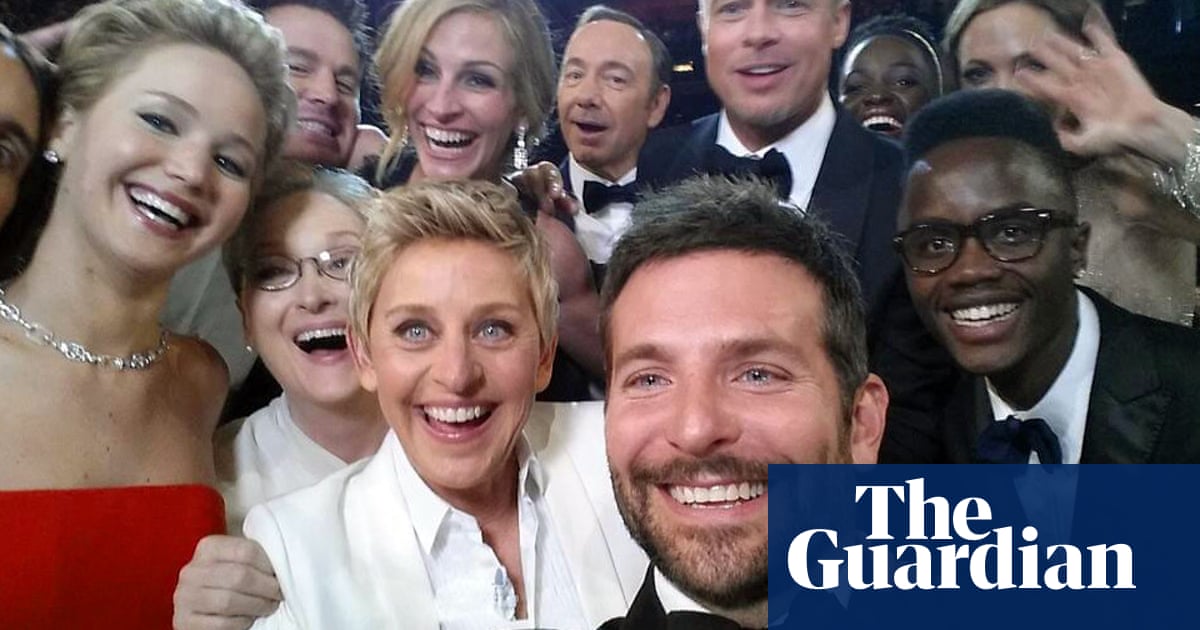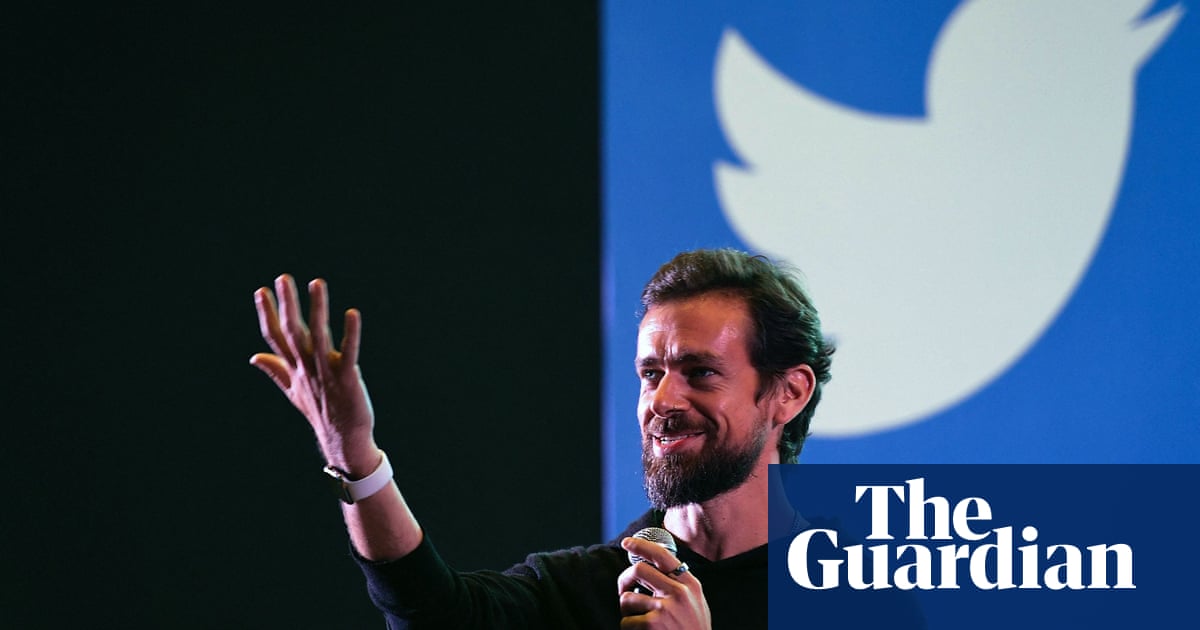
There are roughly three categories of product news about Twitter, now known as X: the real product launches, the Elon whims and the bugs. The former are the meaningful changes to the service, the things that any site might have; the middle are anything that can be done within about 24 hours of the company’s capricious owner demanding it be rolled out; and the latter are the inevitable consequences of a company doing the first two things on a skeleton staff, having laid off, fired or driven out around two-thirds of its employees in a tumultuous nine-month period.
Sometimes it’s hard to tell them apart. Take the news that the site had removed all pictures posted before 2014. From the Verge:
X, which was formerly known as Twitter until its recent rebranding, is having a problem displaying old posts that came with images attached or any hyperlinks converted through Twitter’s built-in URL shortener. It’s unclear when the problem started, but it was highlighted on Saturday afternoon in a post by Tom Coates, and a Brazilian vtuber, @DaniloTakagi, had pointed it out a couple of days earlier.
Every image posted to the site between 2011, when it first gained the ability to host pictures directly, and 2014 disappeared, including one of the most famous tweets ever – a multi-celebrity selfie from the 2014 Oscars, posted by American chatshow host Ellen DeGeneres to several million retweets.
A mass-deletion of old images is the sort of policy that could certainly match Musk’s insatiable appetite for cost-cutting, as he seeks to transform Twitter into a business profitable enough to repay the billions of dollars of loans taken out to fund his $44bn purchase. And as the days ticked over without any communication from the owner or his figurehead chief executive Linda Yaccarino about the disappearing images, it seemed more and more plausible that the removal was deliberate – to save money on hosting fees or to reintroduce as a new paid feature for Twitter Blue subscribers (rebranded as X Premium).
But then, on Monday, the images returned. Twitter’s support account posted a terse note, saying: “We fixed the bug, and the issue will be fully resolved in the coming days.” Bug, not whim. Glad we cleared that up. It’s definitely the mark of a good and coherent product vision when people can’t distinguish between a mistake and a direct order from the boss.
Later that day, another (unrelated?) change was pushed, this time unambiguously in the category of Elon Whims: the removal of headlines from link previews on the site. “This is coming from me directly,” Musk tweeted after a Fortune report announcing the change. “Will greatly improve the esthetics.”
Rot, link
Once upon a time, we would call events like the loss of years’ worth of social media uploads “linkrot”. The term describes the steady collapse of working links on older webpages, as sites are rewritten, shut down, or simply break. The term’s not new – it first appeared in the Guardian in 2009, and was attested as early as 1996. But until recently, it was seen as a somewhat niche concern. The internet feels ephemeral, and an old webpage with a broken link might be no more a societal problem than an old newspaper referring to “yesterday’s edition” when you don’t have it to hand.
But as more and more of our lives move on to the internet, linkrot is starting to shift from a problem for archivists to a more fundamental change in the nature of media. Disney made headlines in June for removing multiple series from its streaming service Disney+, some within just a few years of having been released. The company’s no stranger to the practice, having spent the VHS era developing its “vault” scheme, whereby titles were pulled from distribution periodically in an effort to maintain the same excitement over rereleases that it had grown to rely on in earlier decades.
But a VHS tape going into the Disney vault doesn’t pull it from viewers’ shelves at home. For many streaming productions, the only way they’ve ever been available to users is on that service: remove them, and their entire existence is preserved only by the pirate filesharing sites. A whole generation is again exposed to the same maddening short-termism that saw the BBC tape over its only copies of old Doctor Who episodes.
As with so much at the intersection of technology and media, video games got there first. The steady march of technological progress means that constant work is required simply to stand still, with older titles unplayable on modern systems absent significant labour. Video game streaming has yet to take off in a major way, so at least a downloaded or physically owned title tends to stay playable indefinitely, but even that trend is moving in bad directions: witness the cult hit PT, a “playable teaser” for a co-production between Guillermo del Toro and Hideo Kojima called Silent Hills. The game was cancelled, and the acrimonious parting between Kojima and publisher Konami saw PT being removed from online stores entirely. Now, if you want to play the game, undoubtedly an important moment in modern horror, your best option is to head to eBay and buy a PlayStation 4 from someone who has already downloaded and installed it. (A steal at just £350 or best offer.)
All of which might feel a long way from Elon Musk starving Twitter of technical resources and deleting a few years’ worth of images, but the root of the problems are all the same. The centralisation and simplification of consumer technology makes it easier than ever before for huge swathes of our shared culture to disappear in the blink of an eye. It’s unclear what, if anything, will reverse that trend, but for now, if you want to leave something to future generations, maybe try to get hold of a physical copy. And go easy on the pirates: they may just be our best hope.












